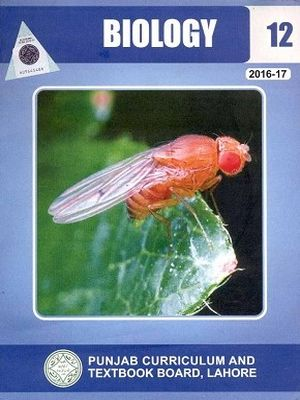About this course
Chapters Overview:
1. Homeostasis
Explains how organisms maintain internal stability.
Focuses on the excretory system, osmoregulation, and temperature control.
Human kidneys and artificial kidney (dialysis) are discussed in detail.
2. Support and Movement
Covers types of skeletons: hydrostatic, exoskeleton, endoskeleton.
Human skeletal system, joints, and muscle contraction.
Diseases like arthritis and osteoporosis.
3. Coordination and Control
The nervous system: structure and function of neurons, CNS and PNS.
Endocrine system and hormones.
Disorders like diabetes, goiter, and Parkinson’s disease.
4. Reproduction
Asexual vs. sexual reproduction.
Reproductive systems in plants and humans.
Fertilization, pregnancy, and contraception.
5. Growth and Development
Cell division: mitosis and meiosis.
Embryonic development and growth stages in humans and plants.
Plant hormones and their role in development.
6. Chromosomes and DNA
Structure and function of chromosomes and DNA.
DNA replication and RNA types.
Genetic code and protein synthesis.
7. Cell Cycle
Phases of the cell cycle: interphase, mitosis, and cytokinesis.
Importance of checkpoints and cancer as a disease of uncontrolled division.
8. Variation and Genetics
Mendelian genetics: laws of inheritance.
Genotypic and phenotypic ratios.
Genetic disorders and pedigree analysis.
9. Biotechnology
Genetic engineering, cloning, PCR, and GMOs.
Applications in medicine, agriculture, and industry.
Ethical issues of biotechnology.
10. Evolution
Darwin’s theory and natural selection.
Evidence for evolution: fossils, embryology, molecular biology.
Speciation and modern synthetic theory.
11. Ecosystem
Structure and function of ecosystems.
Energy flow, food chains/webs, biogeochemical cycles.
Human impact on the environment and conservation efforts.
12. Some Major Ecosystems
Description of ecosystems like forests, deserts, freshwater, and marine.
Biodiversity, climate factors, and adaptations of organisms.
13. Man and His Environment
Pollution (air, water, soil), global warming, and ozone depletion.
Sustainable practices and waste management.
Role of individuals and government in conservation.
Comments (0)






